Green Peas Benefits: 6 Science-Backed Health Advantages
These delicious legumes are a one-stop solution for managing diabetes and digestive issues.

Image: Shutterstock
The benefits of green peas make them a must-have addition to your diet. They are packed with dietary fiber, starch, protein, vitamins, and beneficial phytochemicals.
“Green peas are an excellent source of protein for vegetarians and vegans, and food manufacturers are now using pea protein in the making of various plant-based products, such as non-dairy beverages, meatless burgers, and pea protein powder,” says Vandana Gujadhur, RD. She adds “Like any other legume, green peas are low in the essential fatty acid methionine. This can be compensated by including a variety of grains in the diet.”
The peas are nutritious and wholesome, as do most legumes. Learn more about green pea’s nutritional value below
This article discusses the benefits of green peas, their nutritional profile, and any potential side effects. Take a look.
 Know Your Ingredient: Green Pea
Know Your Ingredient: Green PeaWhat Is It?
A round, crunchy, bright green pod that has a sweet taste.
What Are Its Benefits?
It may manage blood sugar levels, support digestion, reduce inflammation, and lower cholesterol levels.
Who Can Consume It?
Anyone can consume it except people with diabetes.
How Often?
You can consume ½ cup daily.
Caution
Overconsumption may lead to gas, flatulence, and bloating.
In This Article
What Are Green Peas?
The peas are nutritious and wholesome, as do most legumes. Learn more about green pea’s nutritional value below
The green pea or garden pea (Pisum sativum) is the seed of the plant that grows in hard pods. It is a type of legume and a climbing annual plant that originated from Southeast Asia. It is an important food legume, ranking fourth in the world in terms of legume production (1).
Green peas are featured across several cuisines. They are consumed raw, boiled, steamed, or their pods are stir-fried. Their starch content makes these legume seeds mildly sweet.
A survey conducted on 4386 participants found that peas rank twenty-fourth among the most popular vegetables consumed by Americans. It found that 71% liked peas and were equally popular among men and women. Further, the popularity of this vegetable among baby boomers, Gen X, and millennials was reported to be 78%, 67%, and 70% respectively.
 Fun Fact
Fun FactThe peas benefits are numerous as they are nutritious and wholesome like most legumes. Learn more about green pea’s nutritional value below.
Key Takeaways
- Green peas can be eaten raw, cooked, steamed, or even as stir-fried pods. They have a mild sweetness due to their starch content.
- The fiber content in peas aids digestion and removes toxins from the body.
- Peas have antioxidant and anti-inflammatory properties that help combat oxidative damage and chronic inflammation.
- Excessive eating of peas may result in nutritional deficiencies and an immune system imbalance.
Green Peas Nutrition Facts
- A serving of peas (100 g) has 79 calories, 13 g of carbohydrates, of which about 4 grams is dietary fiber and 4.5 grams of protein.
- Peas are an excellent source of vitamin A (765 IU), vitamin C (40 mg), vitamin E (0.13), and vitamin K (24.8 µg) (2).
- They are rich in minerals, like selenium (1.8 µg) and zinc (1.24 mg), and phytonutrients, like ß-carotene (449 µg) and lutein-zeaxanthin (2477 µg) (2).
- Flavanols, such as catechin and epicatechin, phenolic acids (caffeic and ferulic acid), and saponins are a few of the phytonutrients present in peas (2).
In the following section, we will explore some of the major green pea benefits and why they should be added to your diet.
Health Benefits Of Green Peas
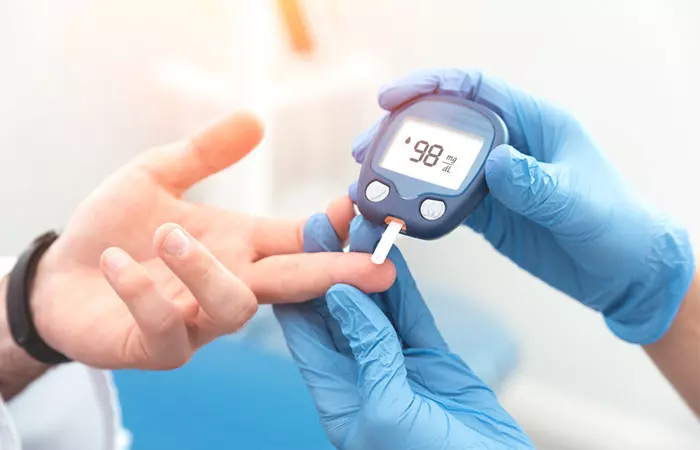
1. May Help Manage Blood Sugar And Diabetes
“Green peas rate low on the Glycemic Index scale as they are high in dietary fiber, which slows down the breakdown of carbohydrates in the blood.Hence, you will not experience a sugar spike,” says Vandana Gujadhur, RD.
Low GI foods are beneficial in the prevention and management of type 2 diabetes and effectively help blood sugar control with time (3).
In mice studies, raw pea extracts could inhibit the activity of a particular enzyme (pancreatic amylase) involved in carbohydrate metabolism. This could explain the hypoglycemic effect of pea extracts in mice (4). More studies are needed to understand the anti-diabetic effects of green peas.
2. May Improve Digestion
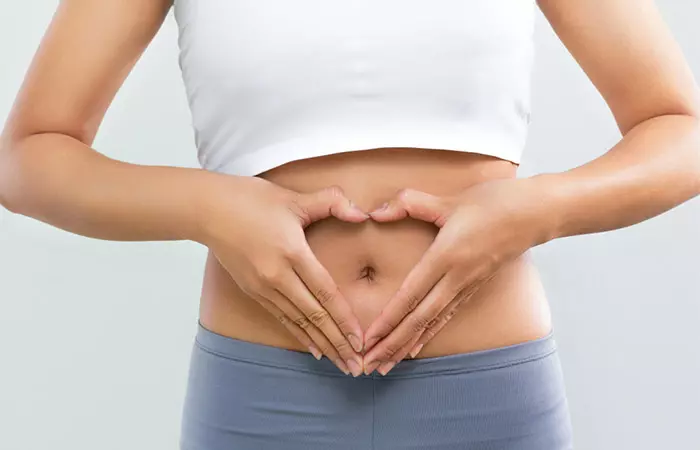
Peas contain prebiotic sugars and fiber that may be beneficial in the digestive process. The galactose oligosaccharides in peas were found to help with the digestion in the large intestine (5).
Prebiotic sugars become fodder for the probiotic bacteria during digestion. This helps the good bacteria to use these sugars and convert them to products that are beneficial to our body.
Fiber helps in the movement of food through the digestive tract. This is essential for proper digestion and elimination of toxic substances.
Pea sprouts also have antimicrobial effects. The phenolic extracts of sprouted peas inhibited the growth of Helicobacter pylori, the ulcer-causing bacteria (6). Including green peas in the diet can improve the overall gastrointestinal function.
3. May Help Lower Blood Cholesterol Levels

Managing cholesterol levels can help prevent cardiovascular diseases. An excess of low-density lipoprotein, or LDL, is harmful to the body. It clogs the arteries and may disrupt the heart health. In studies on pigs on a high cholesterol diet, peas reduced their plasma levels of total and LDL cholesterol (7). The soluble fiber in green peas may also lower the risk of cardiac disease.
4. May Help Reduce Inflammation
Chronic inflammation and oxidative stress can lead to cardiovascular disorders, neurological disorders, and cancer. Hence, it becomes increasingly important to include anti-inflammatory foods in our diets as we age in order to manage inflammation (8). The powerful antioxidant and anti-inflammatory properties of green peas can fight oxidative damage and may help reduce cancer risk (9). These antioxidants bind to free radicals and reduce their ill effects on the body.
Extracts of peas exhibited anti-inflammatory activity in animal studies (10).
5. May Help Reduce The Risk Of Cancer
The legume family is known for being rich in cancer prevention compounds. Green peas contain certain inhibitors that have shown to reduce the risk of colon cancer (11).
Several other compounds in green peas, such as lectins and saponins, have also exhibited anticancer activity (12). Studies have shown that isoflavones and phenolic compounds present in green peas have anticancer effects on liver, colon, lung, and breast cancer cells (1).
6. Good Source Of Antioxidants
Green peas are packed with potent antioxidants such as phenolic compounds. They contain tannins that have shown to have a high antioxidant activity (5). These beneficial compounds protect our cells from damage and early cell death. Antioxidants help scavenge free radicals and reduce the risk of chronic health complications (13).
Given the health benefits of green peas, it is wise to include them in the diet. Scroll down to find out some easy ways to prepare green peas.
Cooking And Preparation Methods
Here are a few different ways in which you can prepare or incorporate green peas into your diet.
- Boil the peas for 2 to 3 minutes and enjoy as a snack or add to curries.
- Quickly sauté peas in butter or olive oil with garlic for added flavor.
- Steam peas for 3 to 5 minutes to preserve their color and nutrients.
- Add raw or lightly cooked peas to salads for a sweet, crunchy touch.
- Mix cooked peas with spices and herbs to make a tasty spread or dip.
- Add green peas to stews and soups, mixing them toward the end of the dish preparation for the best texture.
Green peas are easy to add to meals and are readily available to purchase or you can grow your own. However, peas may not suit everyone, and it is possible that they may cause certain side effects in some people.
Side Effects Of Green Peas

Green peas are generally safe for consumption, although some people may have difficulty if they have certain digestive sensitivities. It is recommended to add them to your diet gradually to evaluate or build your tolerance.
Green peas contain anti-nutrients like phytic acid and lectins that may interfere with nutrient absorption. These anti-nutrients may also cause digestive problems (14), (15).
The phytic acid in peas may hamper the absorption of minerals like iron and zinc (16). This can eventually lead to nutritional deficiencies.
Lectins present in fresh peas can disturb the delicate balance of the immune system and bacterial population in the gut (15).
However, soaking, fermenting or cooking peas can potentially reduce these antinutrients (17). Also, reducing the portion size of peas can help decrease the risk of side effects.
In order to avoid further health complications, it is important to store and select green peas properly. Good produce will help you get the nutrients you need, and good storage will extend its shelf life. Here’s how to pick and store green peas effectively so they last as long as possible.
How To Select And Store

Throughout the year, you can find green peas in canned or frozen forms. Fresh peas are available in particular seasons, mainly in April.
Here’s what to look for when picking and storing fresh peas:
- Choose firm, medium-sized bulging pods without any cracks or limps.
- A good pea pod produces a sharp snap when broken into two and has round green, smooth, and slightly sweet peas.
- It is best to store them in a ziplock bag or an airtight container in the fridge for a few days or to blanch and freeze them for six months.
If you choose canned or frozen peas:
- Select canned peas with low sodium content or thoroughly wash the peas before cooking (if you want to avoid excess sodium).
- Check the expiration date and storage conditions mentioned on the label. It is recommended to consume them within 12 months from the packaging date.
There are several ways to consume green peas. You can prepare a salad, smoothie, or soup. Read on to find an interesting recipe below.
Green Peas Recipe
Green Peas Soup
What You Need
- 1 tablespoon olive oil
- 1 medium-sized sliced onion
- 1 medium-sized sliced potato
- 2 ½ cup low-sodium vegetable broth
- 4 cups of green peas
- 10 fresh mint leaves
- Salt and pepper to taste
How To Prepare
- Heat olive oil in a large pot over medium heat.
- Add onions and sauté for about 3 minutes or till they brown.
- Add potatoes and the vegetable broth.
- Bring the concoction to a boil over low heat.
- Then, let it cook for another 10 minutes.
- Add peas and simmer for 4 minutes.
- Turn off the heat and season with salt, pepper and fresh mint leaves.
- Let it cool.
- Blend the mixture using a blender and pour it back into the pot.
- Serve it hot!
Emily Vikre, a blogger, shared her unique pea recipe. She writes, “I decided to give our peas the turmeric treatment: a quick sautee with the spice along with some minced garlic and mustard seeds to play up the fragrant elements.” She also added some chopped tarragon to it, stating, “I made it once, and then I made it again the very next day with the last of the peas (i).”
 Did You Know?
Did You Know?Infographic: Benefits Of Green Peas
Green peas are known for their unique taste and are widely used in many cuisines worldwide. They are loaded with many beneficial nutrients that can be attributed to the array of health benefits they offer.
The following infographic provides information on the various health benefits of green peas. Check it out!
Some thing wrong with infographic shortcode. please verify shortcode syntax
The health benefits of green peas can be attributed to their rich nutrients, fiber, and protein. They are replete with phytonutrients and essential amino acids too. They can be added to your favorite salads, soups, or dishes. Intake of green peas may improve digestion and protect against chronic diseases. Some anecdotal evidence suggests that they even contribute to an improved bone health and eye health due to their phosphorus and carotenoid content respectively, although this observation demands more scientific research. However, excess intake of green peas may cause digestive issues as they contain anti-nutrients. These can be reduced by soaking, fermenting, or cooking them. Prepare them properly and you will be able to enjoy the benefits of peas to the maximum.
Frequently Asked Questions
Are peas good for weight loss?
Peas are low in fat which can help weight management, and their high fiber content promotes satiety, which may help with weight loss.
Can green peas make you gain weight?
Although some argue that the high starch content in peas may lead to weight gain, there is no research to support this statement. “It comes down to your overall daily dietary consumption, and a Registered Dietitian can help you plan your meals according to your weight goals.” says Vandana Gujadhur, RD
How long do green peas take to cook?
It takes 2- 3 minutes to cook green peas. You can add the peas to water and bring them to a boil.
How do you cook green peas fast?
You can use a microwave to cook green peas fast.
Are green peas a complete protein?
Even though the green peas’ protein content is high, they are not a complete protein as they lack a few vital amino acids.
Are green peas good for skin?
Green peas are a good source of vitamin C and antioxidants. These help with collagen production and promote skin health. Vitamin C may also help reduce dark spots on the skin and promote an even complexion, although research is limited in this regard.
How to eat peas?
Peas can be eaten fresh or cooked. They go well with rice dishes, pastas, curries, and patties. Frozen green peas or canned green peas can also be incorporated into recipes instead of fresh green peas. Mashed peas are popular as baby food.
Are peas safe for everyone to eat?
Possibly. Peas are healthy and may benefit your health. Nevertheless, you may be allergic to them, or the presence of antinutrients may cause stomach issues. Hence, practice caution.
Can you eat peas every day?
Yes, you can eat peas every day. You can add boiled peas to your salads, rice, soup, and pasta to enrich their nutritional value. One can also incorporate fried peas in curries and stews to add a sweet and crunchy flavor to the dishes.
What is the healthiest way to eat peas?
The healthiest way to eat peas is by boiling them in comparison to deep frying them. Once you are done boiling, you can sprinkle some salt and pepper and consume them. Boiled peas can also be incorporated into a delicious hummus and consumed with pita bread.
Illustration: Health Benefits Of Green Peas, Nutrition, & Side Effects

Image: Stable Diffusion/StyleCraze Design Team
Uncover the top 5 health benefits of green peas and why they should be a part of your diet. From improved digestion to heart health, this video has it all. Don’t miss out—click now to reap the benefits of green peas!
Personal Experience: Source
StyleCraze's articles are interwoven with authentic personal narratives that provide depth and resonance to our content. Below are the sources of the personal accounts referenced in this article.
i. Extremely green peashttps://fiveandspice.wordpress.com/2011/07/12/extremely-green-peas/
References
Articles on StyleCraze are backed by verified information from peer-reviewed and academic research papers, reputed organizations, research institutions, and medical associations to ensure accuracy and relevance. Read our editorial policy to learn more.
- Jiraungkoorskul Wannee and Runchana Rungruangmaitree. “Pea Pisum Sativum and Its Anticancer Activity.” Pharmacognosy Reviews vol. 11 no. 21 2017 p. 39 National Center for Biotechnology Information U.S. National Library of Medicine
https://pubmed.ncbi.nlm.nih.gov/28503053/ - Green peas Food Data Central U.S. Department Of Agriculture Agricultural Research Service
https://fdc.nal.usda.gov/fdc-app.html#/food-details/554712/nutrients - Trinidad Trinidad P. et al. “The Potential Health Benefits of Legumes as a Good Source of Dietary Fibre.” British Journal of Nutrition vol. 103 no. 4 14 Oct. 2009 pp. 569–574 National Center for Biotechnology Information U.S. National Library of Medicine
https://pubmed.ncbi.nlm.nih.gov/19825218/ - Tormo M. A. et al. “Effect of Peas (Pisum Sativum) in the Treatment of Experimental Non-Insulin-Dependent Diabetes.” Phytotherapy Research vol. 11 no. 1 Feb. 1997 pp. 39–41 Online Wiley Library
https://onlinelibrary.wiley.com/doi/abs/10.1002/(SICI)1099-1573(199702)11:1%3C39::AID-PTR939%3E3.0.CO;2-X - Dahl Wendy J. et al. “Review of the Health Benefits of Peas (Pisum Sativum L.).” British Journal of Nutrition vol. 108 no. S1 23 Aug. 2012 pp. S3–S10 National Center for Biotechnology Information U.S. National Library of Medicine
https://pubmed.ncbi.nlm.nih.gov/22916813/ - Ho Chia-Yu Et Al. “Inhibition Of Helicobacter Pylori By Phenolic Extracts Of Sprouted Peas (Pisum Sativum L.).” Journal of Food Biochemistry vol. 30 no. 1 Online Wiley Library
https://onlinelibrary.wiley.com/doi/abs/10.1111/j.1745-4514.2005.00032.x - Martins José M. et al. “Dietary Raw Peas (Pisum Sativum L.) Reduce Plasma Total and LDL Cholesterol and Hepatic Esterified Cholesterol in Intact and Ileorectal Anastomosed Pigs Fed Cholesterol-Rich Diets.” The Journal of Nutrition vol. 134 no. 12 1 Dec. 2004 pp. 3305–3312 National Center for Biotechnology Information U.S. National Library of Medicine
https://pubmed.ncbi.nlm.nih.gov/15570030/ - Stromsnes K Correas AG Lehmann J Gambini J Olaso-Gonzalez G. “Anti-Inflammatory Properties of Diet: Role in Healthy Aging.” Biomedicines. 2025 Jul 30;9(8):922. doi: 10.3390/biomedicines9080922. PMID: 34440125; PMCID: PMC8389628.
https://www.ncbi.nlm.nih.gov/pmc/articles/PMC8389628/ - “Anti-Cancer Potential of the Lipoidal and Flavonoidal Compounds from Pisum Sativum and Vicia Faba Peels.” Egyptian Journal of Basic and Applied Sciences 2018 Taylor And Francis Online
https://www.tandfonline.com/doi/full/10.1016/j.ejbas.2018.11.001 - Utrilla Ma Pilar et al. “Pea (Pisum SativumL.) Seed Albumin Extracts Show Anti-Inflammatory Effect in the DSS Model of Mouse Colitis.” Molecular Nutrition & Food Research vol. 59 no. 4 2 Mar. 2015 pp. 807–819 National Center for Biotechnology Information U.S. National Library of Medicine
https://pubmed.ncbi.nlm.nih.gov/25626675/ - Clemente Alfonso et al. “The Anti-Proliferative Effect of TI1B a Major Bowman–Birk Isoinhibitor from Pea (Pisum Sativum L.) on HT29 Colon Cancer Cells Is Mediated through Protease Inhibition.” British Journal of Nutrition vol. 108 no. S1 23 Aug. 2012 pp. S135–S144
https://www.cambridge.org/core/journals/british-journal-of-nutrition/article/antiproliferative-effect-of-ti1b-a-major-bowmanbirk-isoinhibitor-from-pea-pisum-sativum-l-on-ht29-colon-cancer-cells-is-mediated-through-protease-inhibition/5B66368F4446621A21FC50B857FD7916 - Liu Bo et al. “Plant Lectins: Potential Antineoplastic Drugs from Bench to Clinic.” Cancer Letters vol. 287 no. 1 Jan. 2010 pp. 1–12 National Center for Biotechnology Information U.S. National Library of Medicine
https://pubmed.ncbi.nlm.nih.gov/19487073/ - Lobo V Patil A Phatak A Chandra N. Free radicals antioxidants and functional foods: Impact on human health. Pharmacogn Rev. 2010 Jul;4(8):118-26. doi: 10.4103/0973-7847.70902. PMID: 22228951; PMCID: PMC3249911.
https://www.ncbi.nlm.nih.gov/pmc/articles/PMC3249911/ - Urbano G. et al. “The Role of Phytic Acid in Legumes: Antinutrient or Beneficial Function?” Journal of Physiology and Biochemistry vol. 56 no. 3 Sept. 2000 pp. 283–294 National Center for Biotechnology Information U.S. National Library of Medicine
https://pubmed.ncbi.nlm.nih.gov/11198165/ - Vasconcelos Ilka M and José Tadeu A Oliveira. “Antinutritional Properties of Plant Lectins.” Toxicon vol. 44 no. 4 Sept. 2004 pp. 385–403National Center for Biotechnology Information U.S. National Library of Medicine
https://pubmed.ncbi.nlm.nih.gov/15302522/ - Gupta Raj Kishor Shivraj Singh Gangoliya and Nand Kumar Singh. “Reduction of phytic acid and enhancement of bioavailable micronutrients in food grains.” Journal of food science and technology 52.2 (2015): 676-684.
https://www.ncbi.nlm.nih.gov/pmc/articles/PMC4325021/ - Nkhata Smith G. et al. “Fermentation and germination improve nutritional value of cereals and legumes through activation of endogenous enzymes.” Food Science & Nutrition 6.8 (2018): 2446-2458.
https://www.ncbi.nlm.nih.gov/pmc/articles/PMC6261201/
Read full bio of Vandana Gujadhur
- Catherine Randall is a Registered Dietitian Nutritionist with six years of experience in nutrition counseling, clinical nutrition, and meal planning. She graduated from the University of Rhode Island and aims to educate her clients on all aspects related to nutrition and health.
 Catherine Randall is a Registered Dietitian Nutritionist with six years of experience in nutrition counseling, clinical nutrition, and meal planning. She graduated from the University of Rhode Island and aims to educate her clients on all aspects related to nutrition and health.
Catherine Randall is a Registered Dietitian Nutritionist with six years of experience in nutrition counseling, clinical nutrition, and meal planning. She graduated from the University of Rhode Island and aims to educate her clients on all aspects related to nutrition and health. - Lisa Andrews, MEd, RD, LD, has over three decades of experience in nutrition. She was an adjunct instructor for the University of Cincinnati and worked as a clinical dietitian for the VA Medical Center. In 2008, she shifted her focus from illness to wellness and launched Sound Bites Nutrition. Lisa has also authored books, including The Healing Gout, The Complete Thyroid Cookbook, and Heart Healthy Meal Prep Cookbook.
 Lisa Andrews, MEd, RD, LD, has over three decades of experience in nutrition. She was an adjunct instructor for the University of Cincinnati and worked as a clinical dietitian for the VA Medical Center. In 2008, she shifted her focus from illness to wellness and launched Sound Bites Nutrition. Lisa has also authored books, including The Healing Gout, The Complete Thyroid Cookbook, and Heart Healthy Meal Prep Cookbook.
Lisa Andrews, MEd, RD, LD, has over three decades of experience in nutrition. She was an adjunct instructor for the University of Cincinnati and worked as a clinical dietitian for the VA Medical Center. In 2008, she shifted her focus from illness to wellness and launched Sound Bites Nutrition. Lisa has also authored books, including The Healing Gout, The Complete Thyroid Cookbook, and Heart Healthy Meal Prep Cookbook.
Read full bio of Payal Karnik
Read full bio of Ravi Teja Tadimalla
Read full bio of Sindhu Koganti






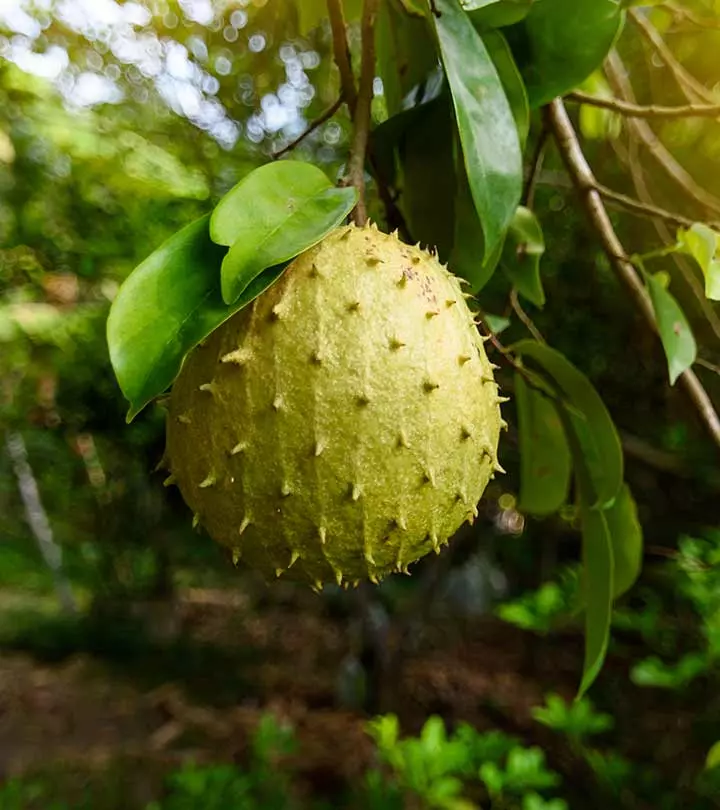

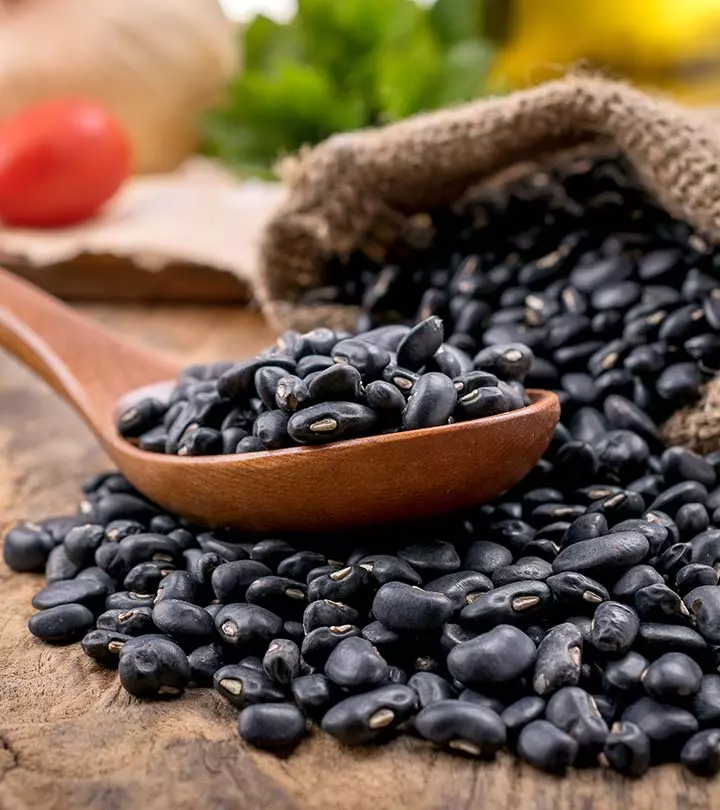

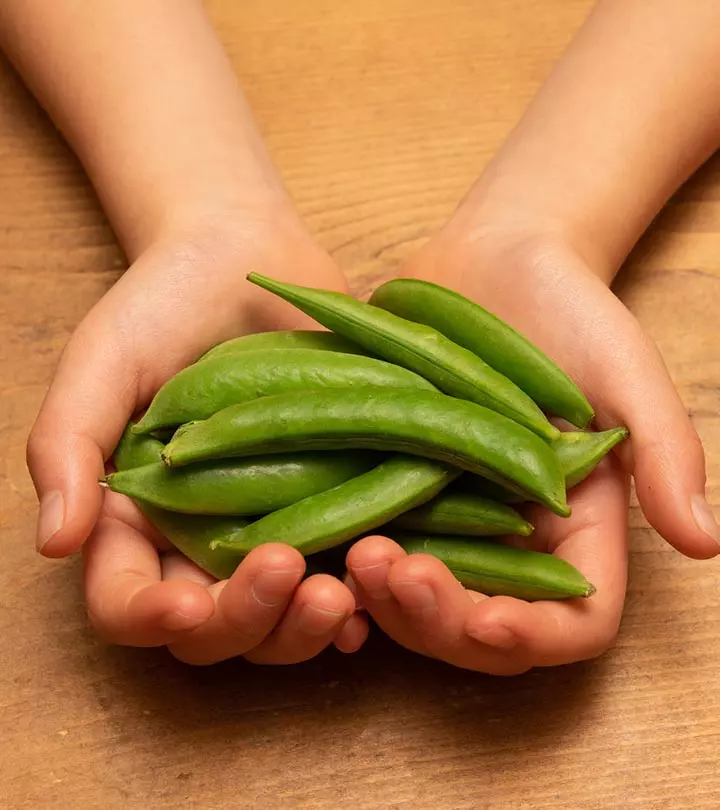
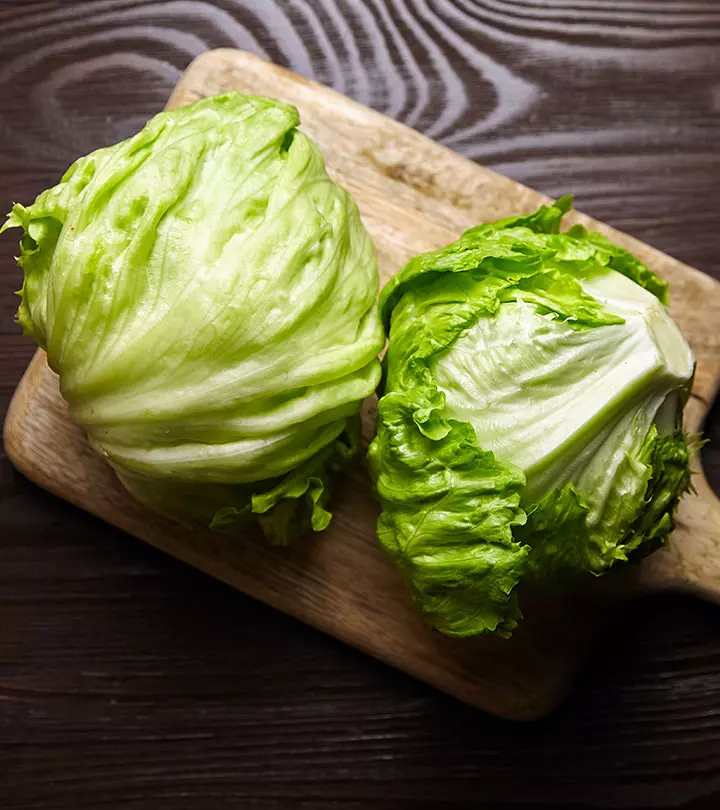
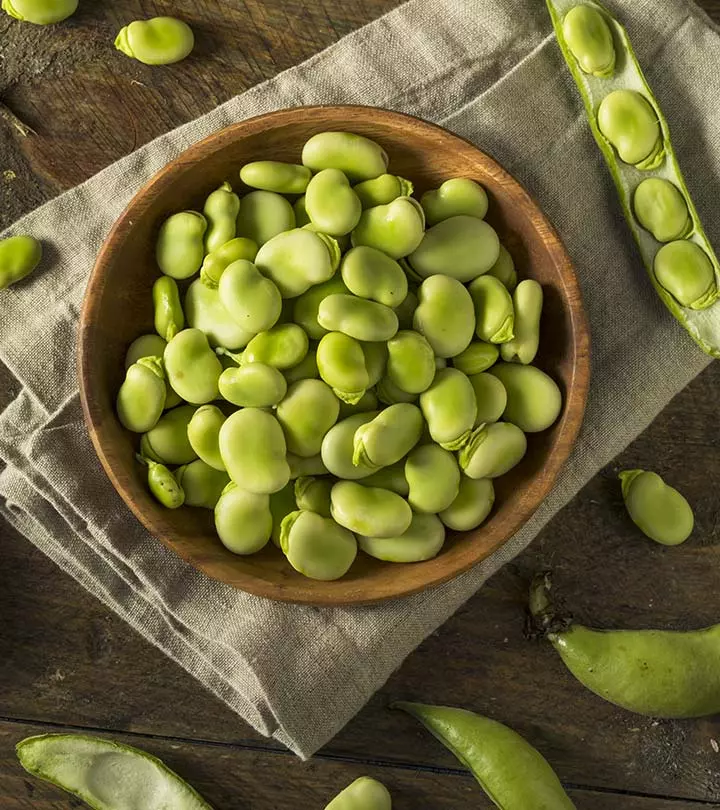
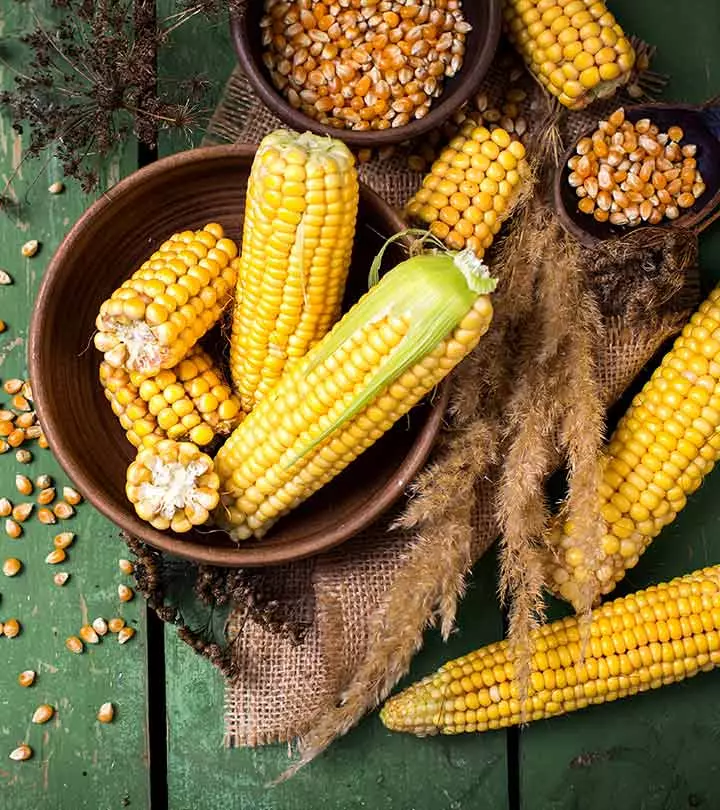
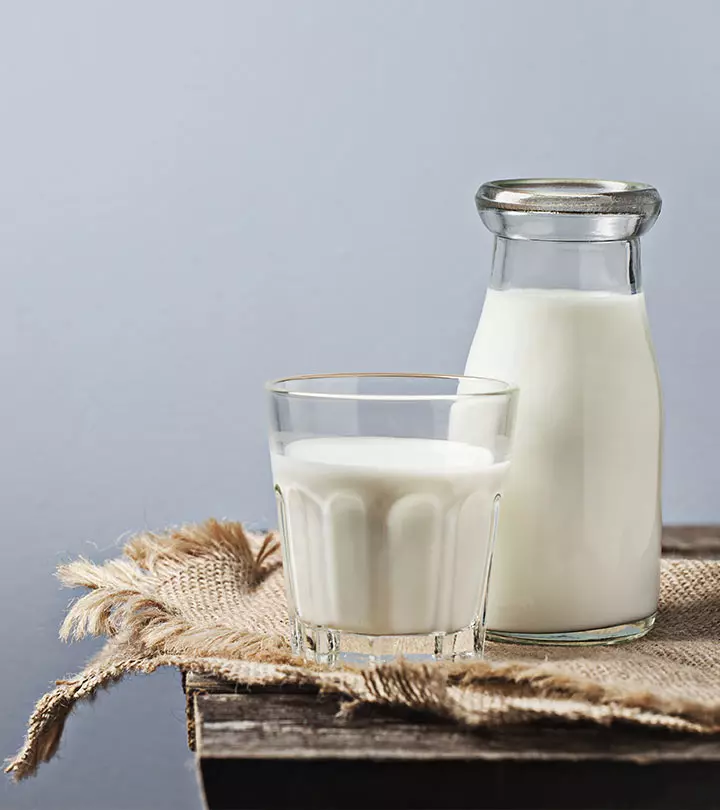
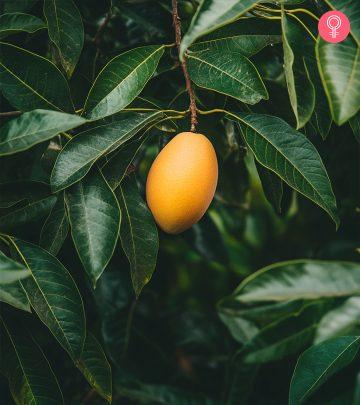
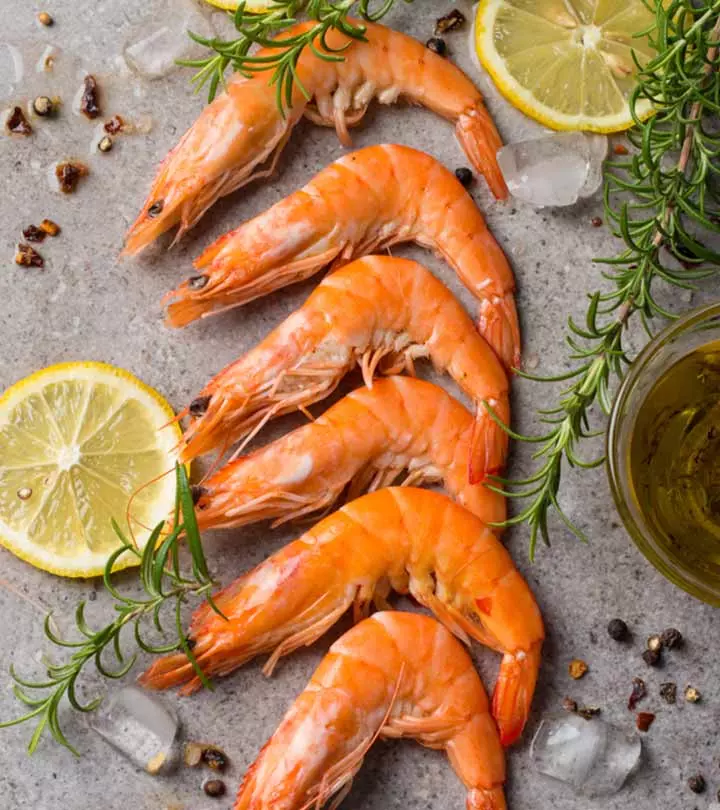
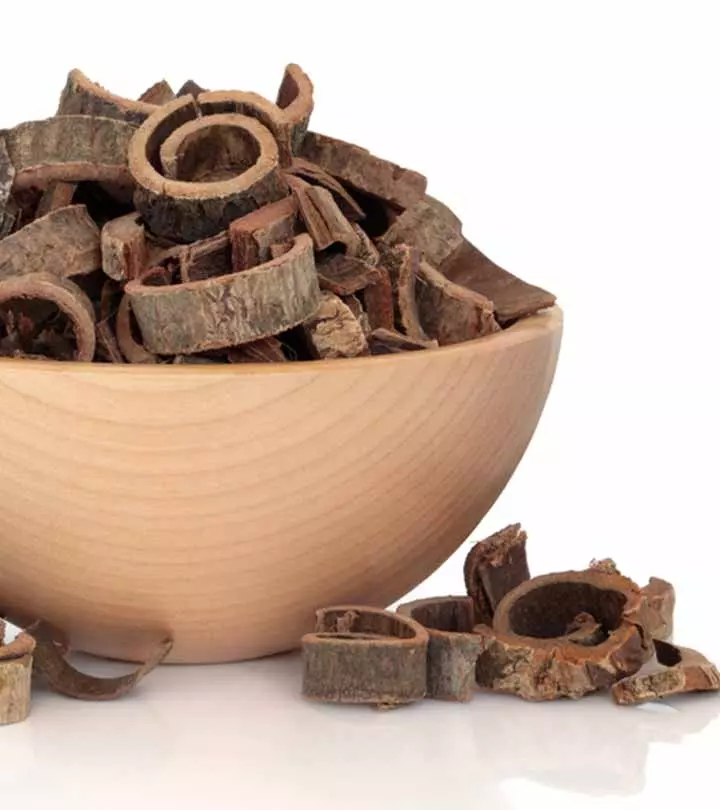
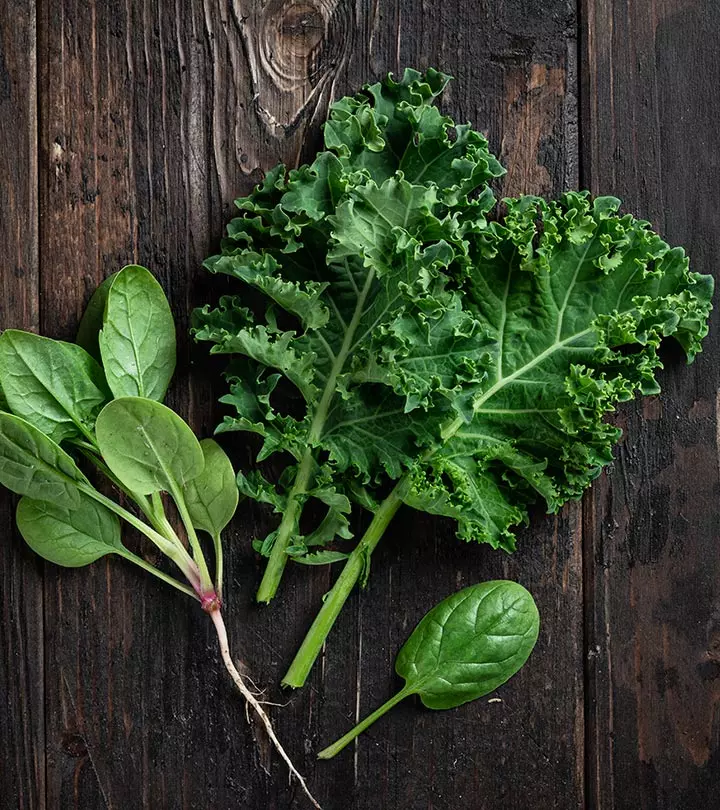
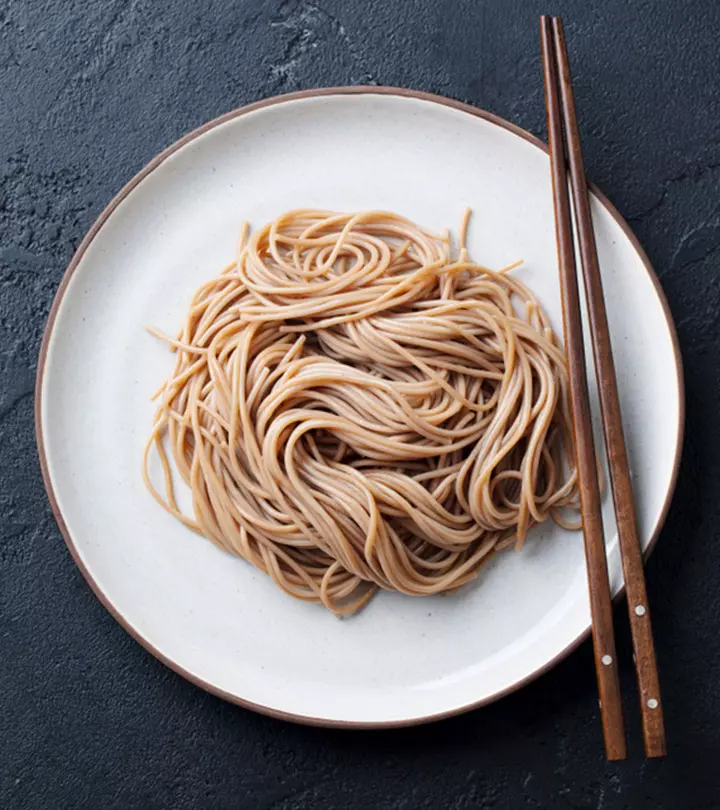

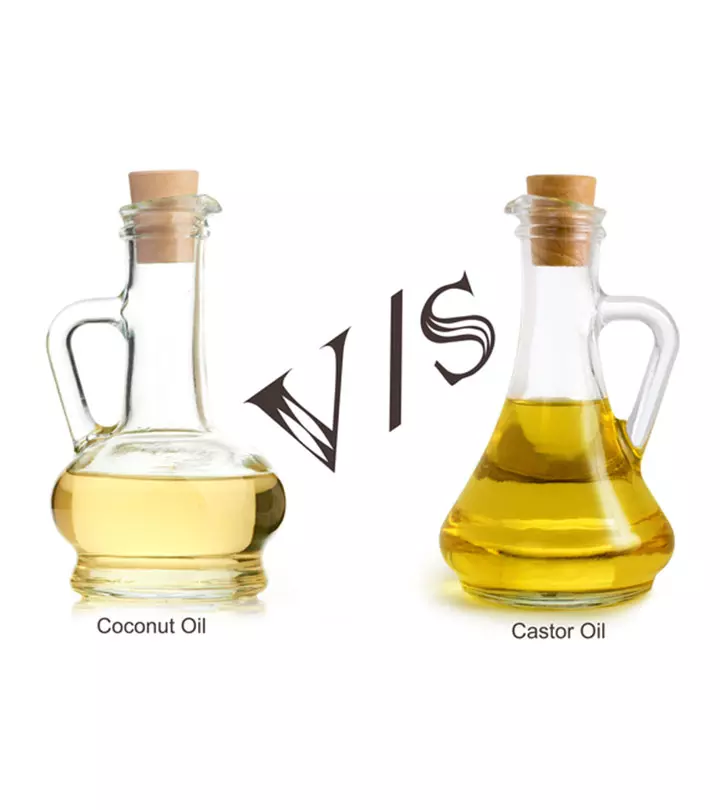
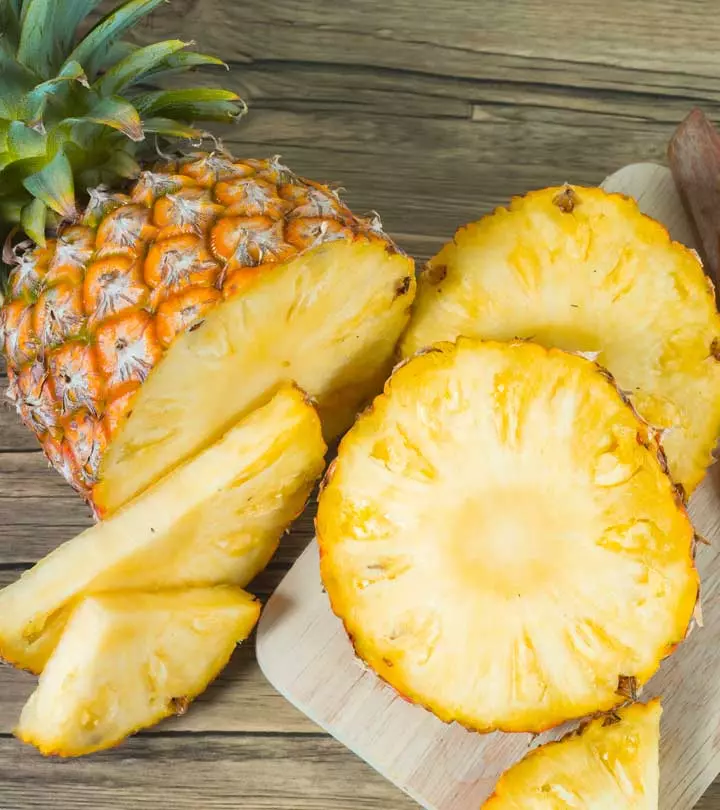
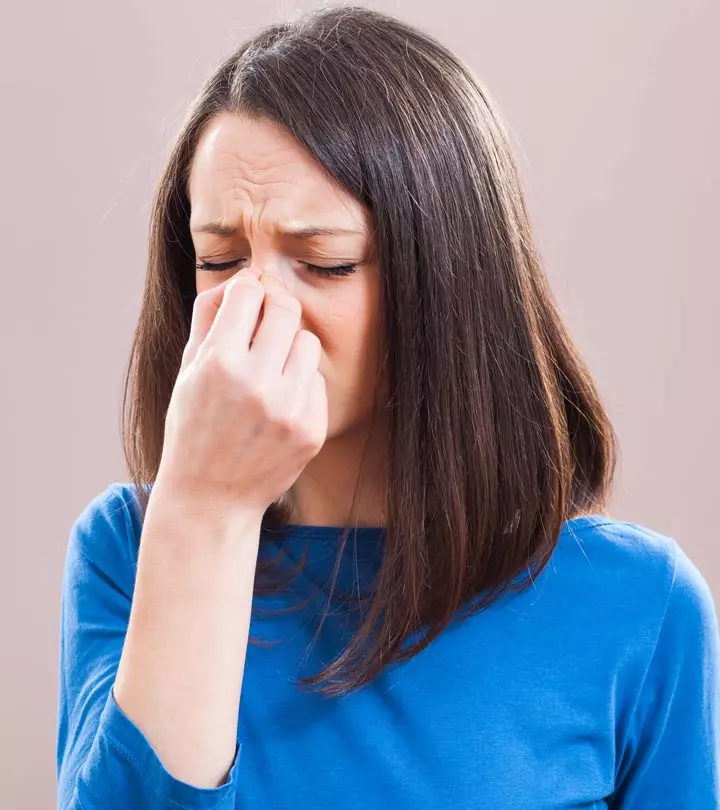

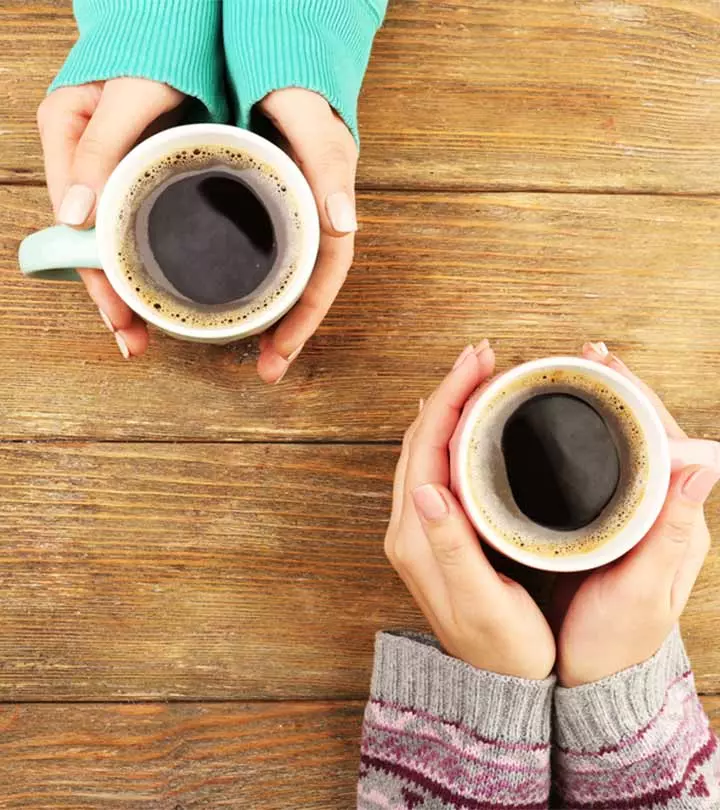
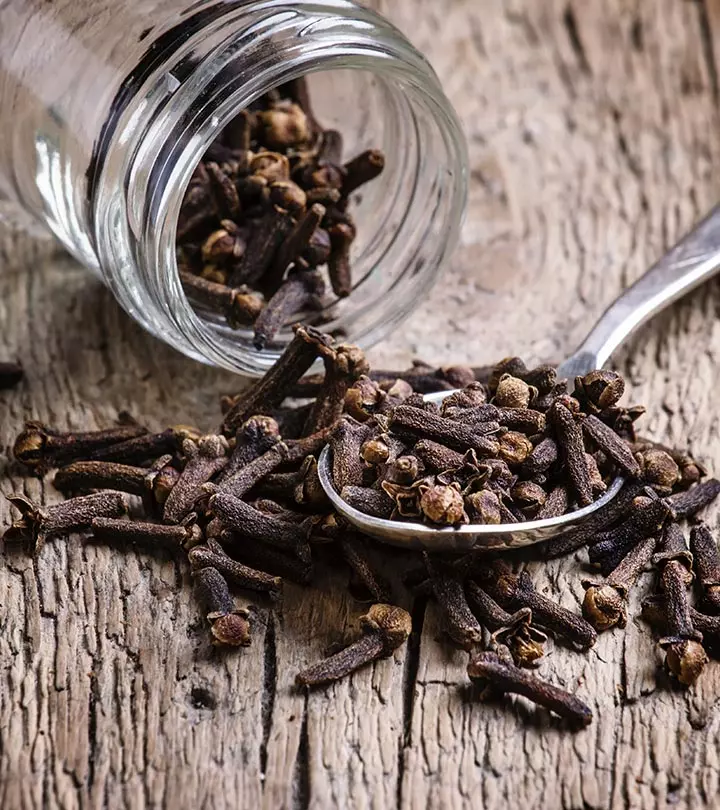
Community Experiences
Join the conversation and become a part of our empowering community! Share your stories, experiences, and insights to connect with other beauty, lifestyle, and health enthusiasts.